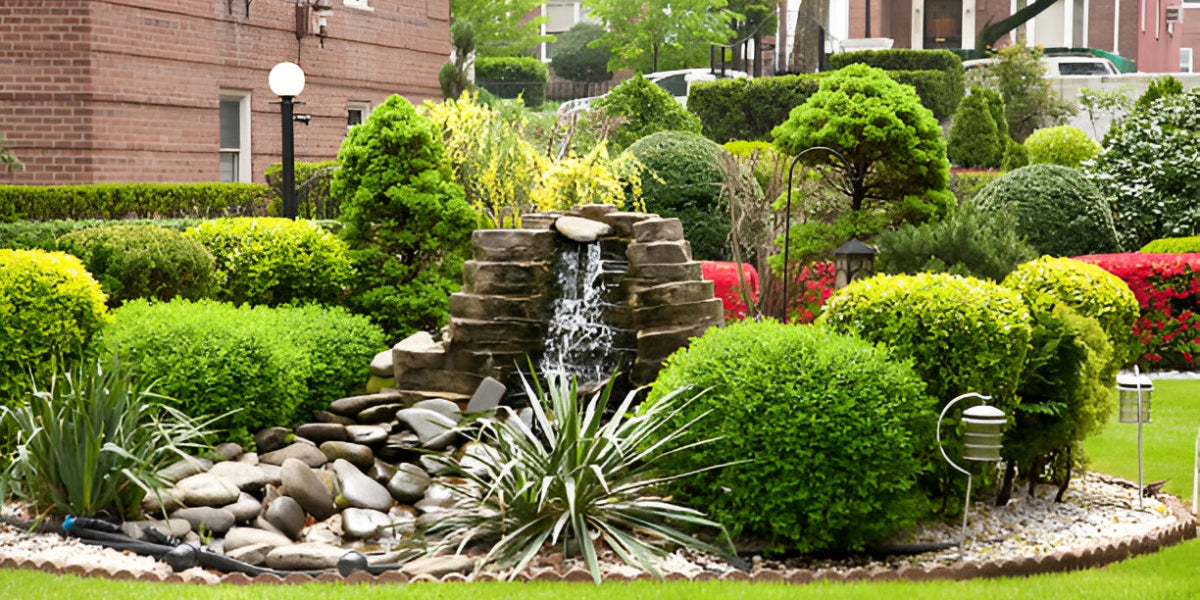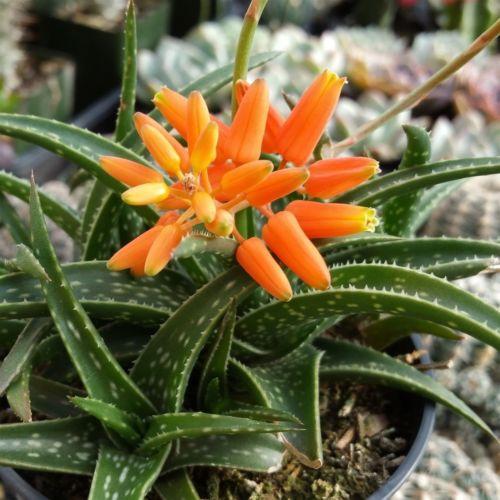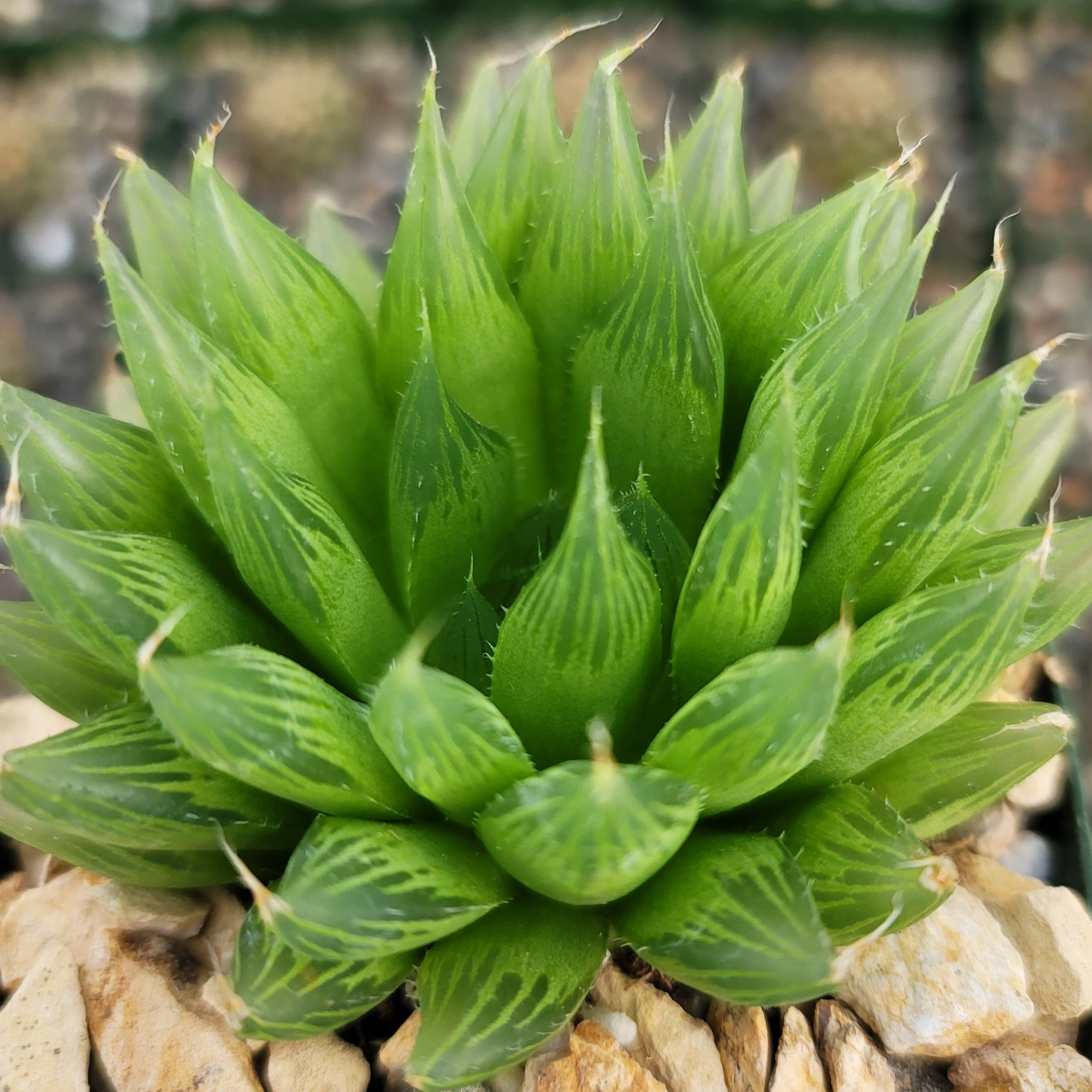Succulent Fungus & Remedies
Updated: January 28, 2025

It is frustrating when your lovely succulents are attacked by fungus. These darling houseplants do not mind being ignored, least demanding, timely watering or fertilization. But, when they catch a fungal infection out of nowhere, it can take only a few days for them to get destroyed. It is easy to confuse the jade plant’s scaly leaves, but that's the infestation of scales and not fungus.
This blog will talk about why succulents turn white and how to treat the spots to reclaim your precious houseplant. Sometimes, you'll discover dark spots on succulents, which, unfortunately, is also fungal growth.
Types of Fungus that Attack Succulents and Treatment
-
Powdery Mildew
Have you ever noticed white spots on a jade plant? That is the fungus named ‘powdery mildew.’ It grows superficially on the surface of the stem or the leaves. The immediate thought that comes to the mind is, 'where did this white powder on succulents come from?' It seems like someone has dusted the leaves and the stems with powder coating on succulents.
The white stuff on succulents is nothing but the fungus that appears as dust or powder. The next time you see your succulents turning white, you can instantly diagnose the issue as a fungal infection. The first signs include white dots on the jade plant or other succulents. The dots are circular patches that start to turn yellowish-brown, and finally, these appear as black spots. Unfortunately, the black and white succulent will not survive for too long.
Soon, you will find the succulent with white dots have started to twist, bearing distorted leaves. As the white fuzzy jade plant turns back, the plant will die.
-
Black Mold
This is another common fungal problem but does not cause as much damage as other fungi. Black mold is also called sooty mold, like a sap-sucking pest. Kalanchoe black spots can be black mold because the early signs include black spots on the upper surface of the leaf.
The best way to treat the mold on cactus soil is to spray the part of the plant with neem oil or any organic horticulture oil. Neem oil is the best option as it does not affect the other parts of the plant and helps break the mold in any succulent soil effectively.
-
Botrytis Cinerea
Also known as ‘grey mold’, the first symptom you will find is the aloe plant turning grey. The spots are circular and start to make the plant fuzzy. As the infection progresses, you can see the jade plant with fuzzy leaves. This fungus prefers moist conditions. If the plant is in the shade, there are more chances of the fungus spreading fast. So, you need to keep checking your succulents when the weather is still cold and humid - for example, in early Spring.
If you catch your succulent infected with grey mold, you can make a solution using your dishwashing soap. If the problem is serious, you might have to cut the affected parts of the plant.
-
Leaf Spots
Leaf spots are also fungal infections. It doesn't do much harm, but the spot can grow bigger and appear blotchy as the infection develops. You can try the baking soda solution or a commercial fungicide to treat the issue.
-
Fusarium Wilt
You may find your mother of thousands of plants turning yellow. Why is it? It is due to the soil-borne fungus that finds its way into the plant through its roots. The plant eventually turns yellow and wilts to death. There is no known method of treating this succulent.
FAQs
1. What is the dust on succulents?
It is Powdery Mildew.
2. What are the white crystals in potting soil?
This is not fungus. It is usually the accumulation of salt in the soil.
3. How to treat the white powder on cactus plants?
If the growth of the fungus is mild, you are not required to do anything most of the time. The small dots on the jade plant start to disappear on their own. However, if the fungi progress continues, you need to have the part treated immediately.
The best fungicide known is ‘copper.’ You can order top-grade fungicide from Planet Desert online. Another way of getting rid of the white powder on succulent leaves is using a home remedy. Take a single tablespoon of baking soda and mix it well with a half-teaspoon of liquid soap. Add this mixture to a gallon or 128 ounces of water. The mixture has to be sprayed on the kalanchoe with white leaves profusely.
Before using this DIY fungicide on the kalanchoe white powder, you need to ensure it has received enough water. Also, it is most effective to use the solution at night, post-sunset. Finally, remember that baking soda can harm your plant and cause sunburns. That is why it is advised not to use the solution during daylight. Also, first, try the mixture on a leaf or two and then use it on the remaining plant.


























